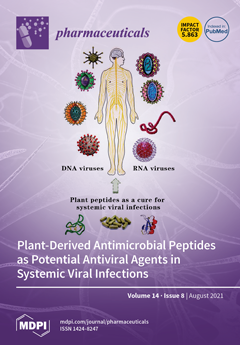Background: This study aimed to investigate the effects of genetic variants and haplotypes in the renin–angiotensin system (RAS) on the risk of warfarin-induced bleeding complications at therapeutic international normalized ratios (INRs). Methods: Four single nucleotide polymorphisms (SNPs) of
AGT, two SNPs of
REN, three SNPs of
ACE, four SNPs of
AGTR1, and one SNP of
AGTR2, in addition to
VKORC1 and
CYP2C9 variants, were investigated. We utilized logistic regression and several machine learning methods for bleeding prediction. Results: The study included 142 patients, among whom 21 experienced bleeding complications. We identified a haplotype, H2 (TCG), carrying three SNPs of
ACE (rs1800764, rs4341, and rs4353), which showed a significant relation with bleeding complications. After adjusting covariates, patients with H2/H2 experienced a 0.12-fold (95% CI 0.02–0.99) higher risk of bleeding complications than the others. In addition, G allele carriers of
AGT rs5050 and A allele carriers of
AGTR1 rs2640543 had 5.0- (95% CI 1.8–14.1) and 3.2-fold (95% CI 1.1–8.9) increased risk of bleeding complications compared with the TT genotype and GG genotype carriers, respectively. The AUROC values (mean, 95% CI) across 10 random iterations using five-fold cross-validated multivariate logistic regression, elastic net, random forest, support vector machine (SVM)–linear kernel, and SVM–radial kernel models were 0.732 (0.694–0.771), 0.741 (0.612–0.870), 0.723 (0.589–0.857), 0.673 (0.517–0.828), and 0.680 (0.528–0.832), respectively. The highest quartile group (≥75th percentile) of weighted risk score had approximately 12.0 times (95% CI 3.1–46.7) increased risk of bleeding, compared to the 25–75th percentile group, respectively. Conclusion: This study demonstrated that RAS-related polymorphisms, including the H2 haplotype of the
ACE gene, could affect bleeding complications during warfarin treatment for patients with mechanical heart valves. Our results could be used to develop individually tailored intervention strategies to prevent warfarin-induced bleeding.
Full article






